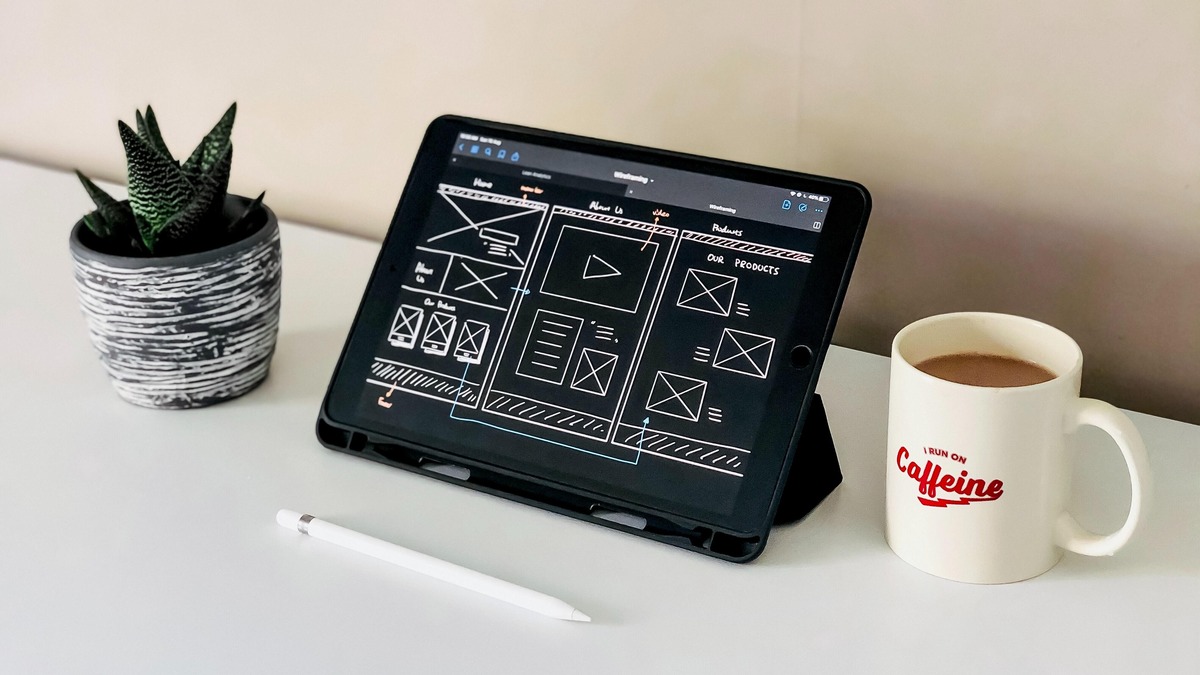Australia is a nation of small businesses, where entrepreneurialism and the pursuit of a passion is celebrated.
From family-run cafes in the remotest towns to tech start-ups at the top of metro skyscrapers, Australia is home to two-and-a-half million small businesses. Collectively, they employ around five million Australians (representing 42% of the total workforce) and contribute 33% of our GDP (gross domestic product) every year. They’re the social and economic fabric that binds entire highstreets and entire communities together.
However, small business ownership is hard, and that’s never been truer than it is today. Inflation, interest rates, softened consumer spending, increased competition, and many other factors are posing significant challenges. Hundreds of thousands of small businesses are extremely vulnerable to closure, according to research which found that there has been a 20% YoY increase in the number considered ‘at risk’ of collapse in the next 12 months. What’s more, there has been a surge in small businesses’ restructuring to survive turbulent economic conditions.
Despite the challenges, small businesses are more resilient and innovative than ever before. They’re no longer the ‘traditional’ operators of the past, reliant on a rolodex and pen and paper; they’re technology-savvy and data-driven. Today, Business Intelligence (BI) is a crucial way to overcome challenges, by improving cash flow, optimising internal processes and stimulating growth. But what is BI? And as challenges persist, how can small businesses use BI to unlock their data and, therefore, their entire operations?
Business intelligence, for intelligent businesses
While the world has become transfixed by Artificial Intelligence and its potential to change the way we live and work, one of the most tangible examples of it in a business context is BI – which it drives. As the name might suggest, business intelligence refers to the technology and process through which businesses – not only big businesses, but small too – collect and analyse data, and turn it into easy-to-comprehend insights and actionable strategies.
BI helps small businesses take the guesswork out of their operations, instead replacing it with data-driven decisions presented in reports, dashboards, and visualisations, that reveal trends and key performance metrics. For example, a small business could use BI to understand the ROI from particular marketing campaigns or channels or anticipated cash flow based on past performance.
Through BI, businesses can better understand their internal operations, their customers, and the markets and industries they operate within. Thus, improving their ability to make informed decisions that mitigate challenges and pursue opportunities. Today, this is often the difference between success and struggle for small businesses. So, what are some ways a small business can use BI to improve internal operations, boost the bottom line, and decrease customer churn?
Optimising internal operations
One of the key benefits from BI is enabling small businesses to understand their international operations better. Use cases are almost limitless, but let’s consider it in the context of optimising teams. Small business owners often struggle to balance workloads and ownership across teams. Some employees or departments might be underutilised, while others are stretched too thin; this creates burnout, inefficiencies, and even resentment.
BI can overcome that by enabling a business to analyse data – whether from time tracking software, project management systems, or activity and performance metrics within a CRM – to provide a real-time view of workload. Through it, a small business can better determine how to distribute workloads, not only based on capacity, but on skills and competencies. It can also analyse upcoming projects or seasonal spikes; for a team of accountants, for example, as key EOFY deadlines approach.
With these insights, created automatically by AI-powered BI, and turned into not only insights but suggestions, small businesses can balance workloads, increase overall productivity and improve team satisfaction.
Boosting bottom lines
For small businesses, every dollar matters and many owners today are looking as closely as ever at their bottom line and how to improve it. BI can help here in many ways, but consider inventory management. Managing stock levels is crucial to avoid over stocking, which ties up capital and space, and under stocking which can result in missed sales and lost revenue. For today’s omnichannel retailers, for example, it’s particularly crucial to have a clear understanding of their stock levels across both physical and online stores.
Small businesses can struggle to understand their existing stock levels and predict demand, which can result in poor inventory levels and supply chain delays. BI can immediately tell a business what inventory it has, and where it is, but also analyse past sales data, seasonal trends and even external factors like holidays and pop culture events to forecast future demand; providing recommendations on what to purchase more of, and what excess stock could benefit from a discounted sales push.
This isn’t just the case for retailers, but any business. Think of a construction business trying to manage not only their materials, but – in a nod to internal operations, too – their subcontractors, project deadlines, work permits and more.
Marketing for growth
Irrespective of the size of a business or the industry it operates in, marketing is a critical growth engine. When effective, its impact on customer acquisition, retention and revenue can be significant. BI can enable small businesses to understand the effectiveness of both campaigns and channels. It’s not always easy to understand whether channels or campaigns are delivering the desired results, especially if running more than one at a time.
Through BI platforms like, for example, Zoho Analytics, businesses can use conversational prompts like ‘which of my marketing channels and campaigns are driving the best ROI?’ to receive visualised reports showing everything from the number of leads to the cost-per-acquisition from every channel and every campaign. Through this powerful, intelligent, flexible, and simple to use platform, it’s far easier to understand how to assign future marketing spend to drive the best business results.
Through the best AI-powered BI platforms and strategies, small business owners – and decision makers across an organisation – can turn data into informed, strategic decisions to improve operational efficiency, bottom lines and growth opportunities. The challenges facing small businesses have never been sterner, but for those who unlock the data at their disposal, there have never been better insights and opportunities, too.
Keep up to date with our stories on LinkedIn, Twitter, Facebook and Instagram.
Australia’s vibrant tapestry of small businesses, once a symbol of entrepreneurial spirit, is now facing unprecedented challenges. Expert Dynamic Business










